Tamara, Lupe, and Ana were friends from way back. One afternoon some 20 years ago, bored, homework done, they decided to make flan. Setting to work in Lupe’s cramped but well-equipped kitchen, they channeled knowledge learned from generations of Cuban cooks, both here and there: Ana insisted the ingredients be measured out in tin cans, the way they did in Cuba; Tamara added fine ribbons of parmesan cheese like her aunt taught her. After nesting the pan in the pressure cooker, they turned on the stove and high-fived. Prematurely: the flame was too high, it gained pressure dangerously fast and they’d forgotten the water. When Lupe’s
mom came home from work, she discovered a hole in the ceiling, flan-splattered walls, and Ana nursing a bruised wrist suffered when the lid exploded like a bomb. Shaking her head she said: “You girls are always getting into trouble with your projects. You’re the tres fieras!”
When they caught the food truck wave sweeping the US with their mobile take-out restaurant serving traditional Cuban cooking, they knew they’d call it Las Tres Fieras. Today, workers and tourists line up four deep at their Tribeca food truck in downtown Manhattan for the trio’s famous stuffed plantains, ropa vieja, and yes, flan.
Not long ago, Tamara’s grandmother called from Caimito —she’d uncovered a book of old family recipes in the junk closet. Maybe the Tres Fieras could adapt some dishes from three generations of Sánchez cooks for their food truck? Days later, Ana’s cousin emailed saying she needed guidance before opening her Vedado paladar. It was decided: the friends would visit Cuba, recover some traditional criolla recipes, and see for themselves how the new economic panorama was unfolding.
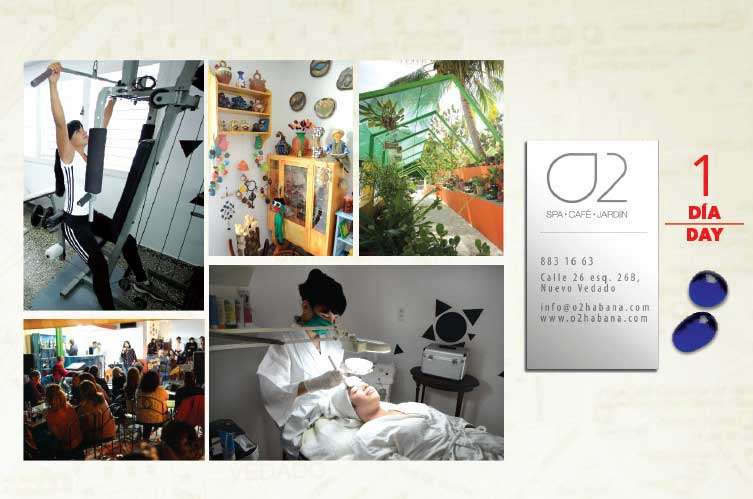
They all agreed: after long days in the food truck, they needed some rejuvenation before diving into Havana’s chaotic rhythm. First stop was this spotless spa and garden oasis with a modern gym, chic salon and the city’s best pedicure. After facials and hot stone massages, they were
ready…
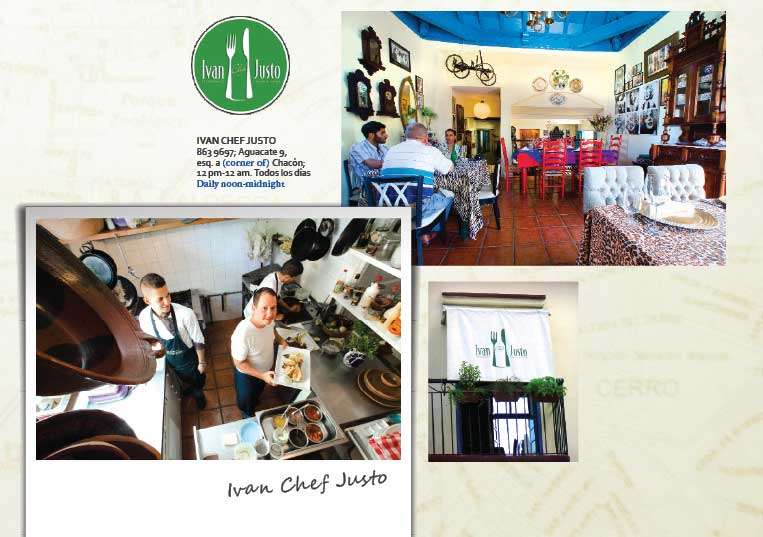
All of Havana was buzzing about this restaurant—mandatory for the friends’ gastronomic
research. Nestled on the upstairs terrace overlooking Habana Vieja, they ate sublime
eggplant/pancetta ravioli, delicate sardines, and a finger-licking good rack of lamb. With the first
spoonful of cuatro leches they knew the dessert would be a huge hit back home.

When Ana’s cousin said “let’s go dancing!” the friends didn’t imagine this hip, happening club
with go-go boys and girls pole dancing to a live DJ; couples of all orientations ripping up the
dance floor; and a dizzying light show. It was going to be a late, fun night.
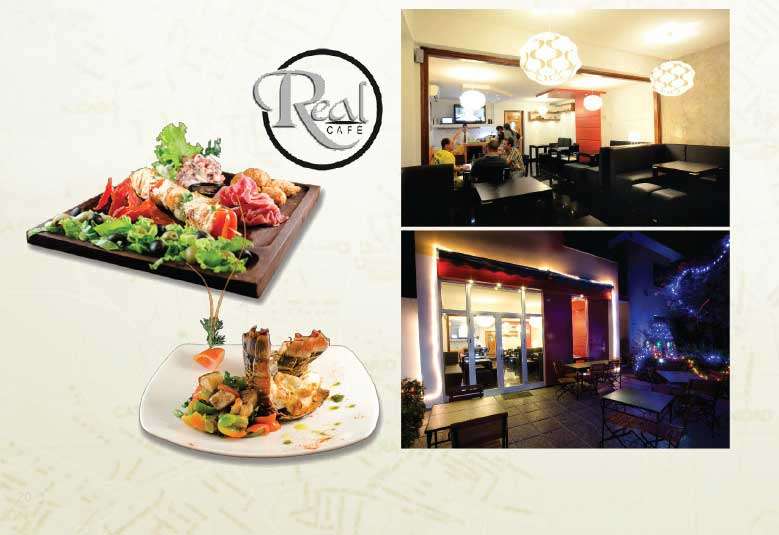
Hungry after dancing ‘til near dawn, Ana, Lupe and Tamara headed to this cute bar-restaurant
in a quiet pocket of Playa. Noshing on fruit kabobs and a cheese plate between Olmeca
Reposado shots, they marveled at Havana’s new energy—even at 5 am.
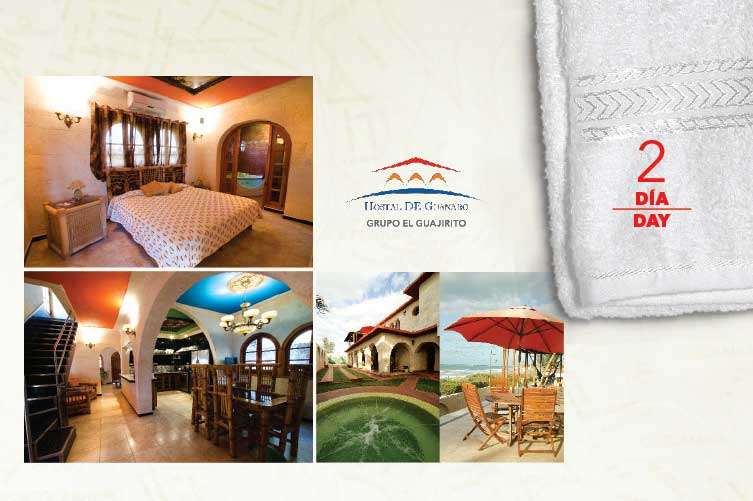
Nursing hangovers, the friends took off for Guanabo, a idyllic beach 20 minutes east of Havana; Tamara knew a spectacular casa particular that rented rooms —with Jacuzzis!—overlooking the sea. Swinging in the hammock, palms rustling and waves crashing, they decided to let the entire place next time they were in town.
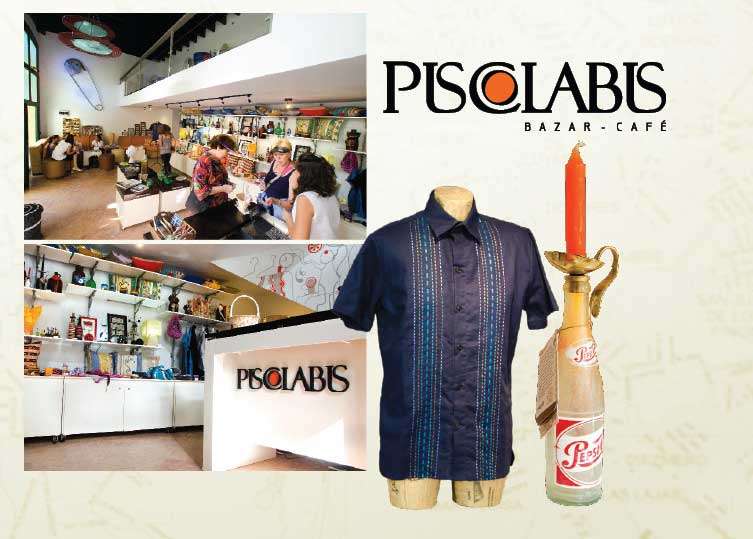
Cuban creativity is unsurpassed and this bazaar-café is known as the hot spot for scoring
handmade, one-of-a-kind goods. Sipping espresso on the cozy sofas, the friends decided to
outfit their food truck with quirky antique bottle candelabras. Lupe, meanwhile, splurged on a
hand sewn guayabera for her husband.
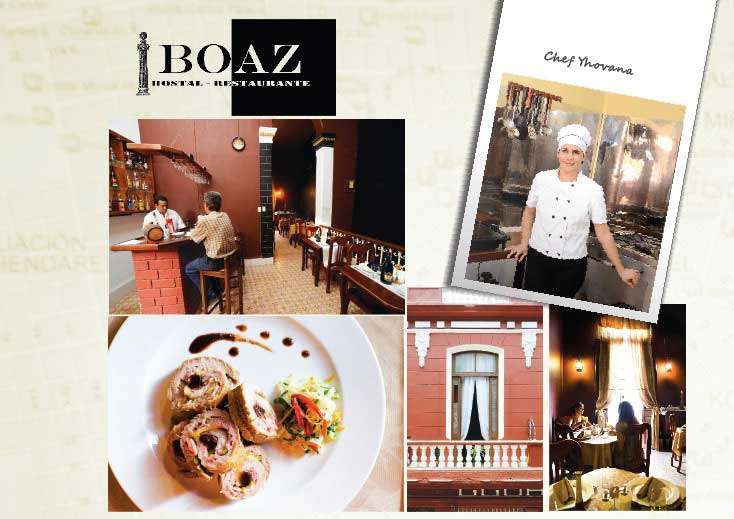
Female chefs are novel in Havana and the friends were eager to taste what magic Chef Yhovana
was cooking up. They sampled several signature dishes with Boaz sauce. Delicious, but like
smart chefs everywhere, Yhovana wouldn’t divulge her secret ingredients.
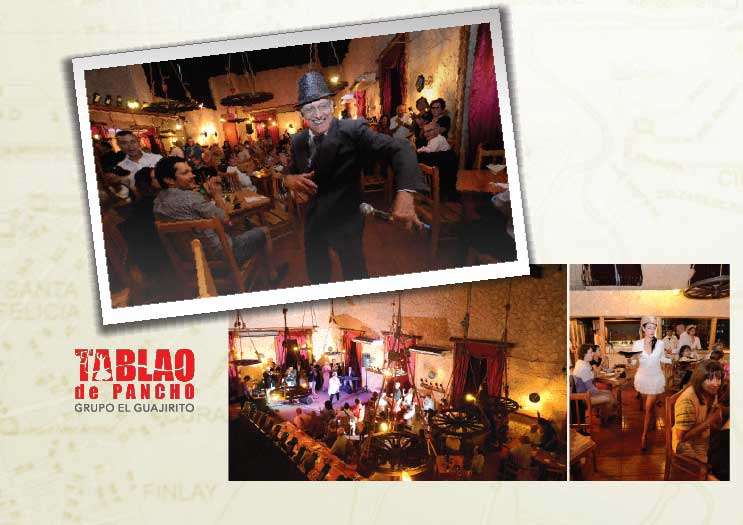
For another memorable night out, the friends reserved a table at this gourmet restaurant
featuring a top-flight orchestra. Guest appearances by Cuban legends, including Buena Vista
Social Club members, made it the best music they enjoyed their entire trip.
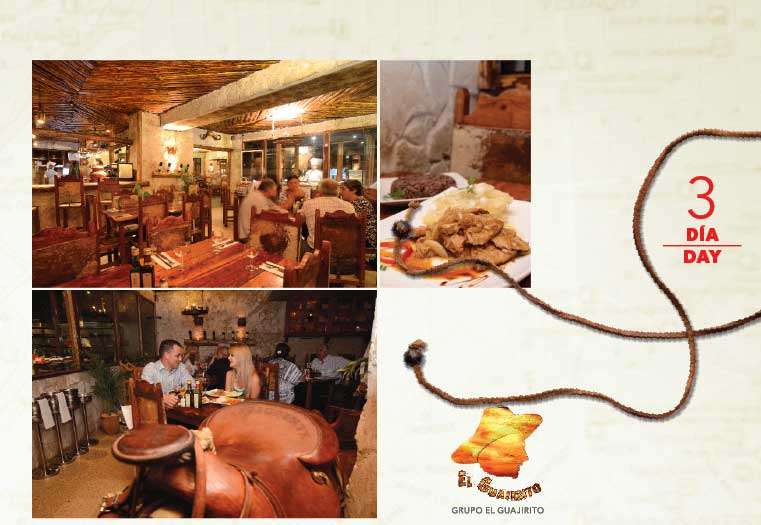
Tamara split off from her friends and invited the whole Caimito clan to lunch on some of
Havana’s finest comida criolla. Digging into traditional dishes like pork ribs and lamb “chilindrón,” her grandmother declared them as good as anything in the book of old family recipes. High praise, indeed.
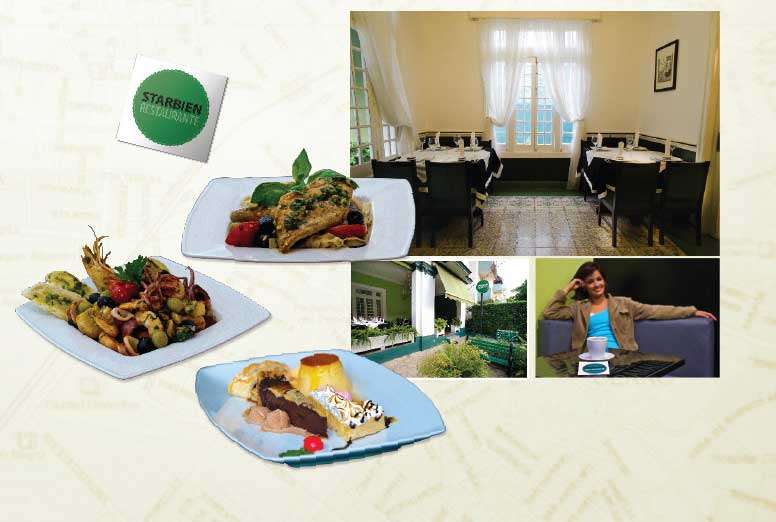
“Take me to a paladar that inspired you to start your own,” Ana told her cousin. Relaxing on the
balcony of this gorgeous Vedado property, they sampled creative, well-executed plates served
by friendly staff. “Chic, non-pretentious, professional: excellent inspiration!” Ana declared.
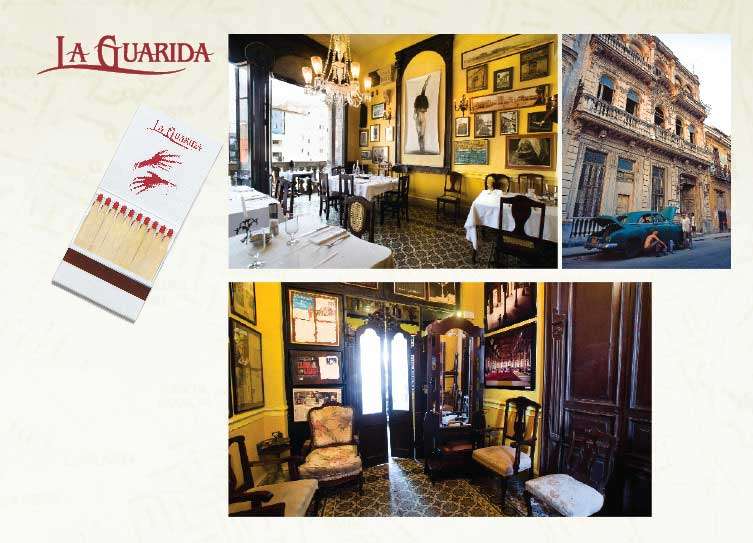
There was no question their last dinner had to be at this elegant, tasteful restaurant, Havana’s
most famous. Dining on watermelon gazpacho and red snapper in coconut below a striking
canvas by Rancaño, the friends toasted to health and wealth—their own and Cuba’s.










